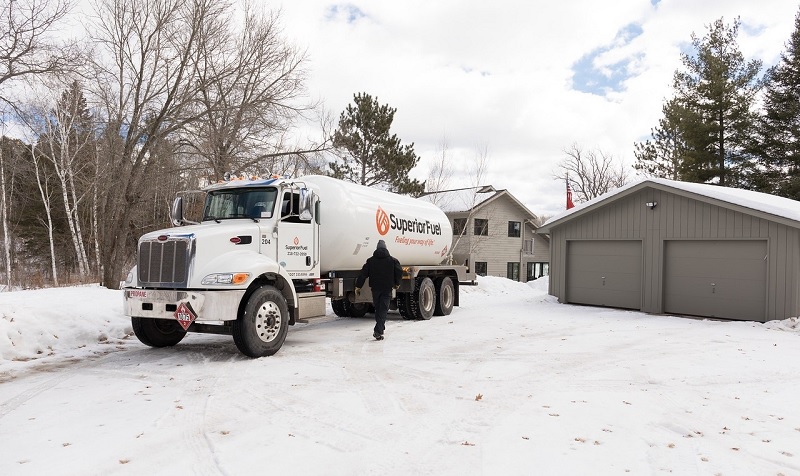How propane and Line 5 are connected and important for Wisconsin

Winter weather underscores why Line 5 is vital
Jan. 12, 2023
It was a day to remember.
On Jan. 7, Wis. Gov. Tony Evers signed Executive Order No. 183, declaring an “energy emergency” which highlighted the importance of Line 5 for the state. In a news release, the governor’s office said weeks of severe winter weather impacted the distribution of residential heating fuel, including heating oil and propane.
According to recent data, more than 250,000 Wisconsin homes depend on propane, with a high percentage being in rural areas with limited access to natural gas. Propane producers in the region depend on Enbridge’s Line 5 for the raw materials that create propane.
Without Line 5, a recent study said there would be shortages in propane for several years in Wisconsin and elsewhere in the Upper Midwest. The study pointed to the fact that a shutdown of Line 5 would force several propane facilities to close causing an immediate increase in prices for residential propane.
Replacing Line 5 as a source of propane would involve permitting and building new infrastructure and the use of more expensive transportation modes.
According to the study, “supply shortages will persist for several years until sufficient rail unloading capacity can be permitted and constructed. Until construction is completed, propane prices in particular can be expected to be well above their historical norms.”
Line 5 is a critical source of up to 540,000 barrels per day of natural gas liquids (used to make propane) and light oil—providing 45% of the oil energy needs for five states and two provinces.
Enbridge is trying to ensure the energy keeps flowing for consumers and business by seeking permits for a 41-mile reroute of the pipeline around the Bad River Reservation.
Once approved, the Line 5 Wisconsin Segment Relocation Project will create 700 construction jobs and add $135 million to Wisconsin’s economy. An estimated $46 million will be spent with Tribes, with Native American workers making up at least 10% of the project’s direct workforce.








